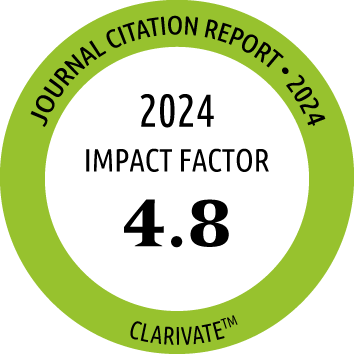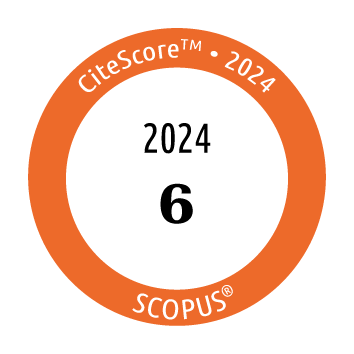Return to content in this issue
Mast Cell Activation Profile and TFH13 Detection Discriminate Between Food Anaphylaxis and Sensitization
Ollé L1,2, García-García L2, Ruano-Zaragoza M2,3,4, Bartra J2,3,4,5, González-Navarro EA6, Pérez M2, Roca-Ferrer J2, Pascal M2,4,5,6*, Martín M1,2,4*, Muñoz-Cano R2,3,4,5*
1Biochemistry and Molecular Biology Unit, Biomedicine Department, Faculty of Medicine, University of Barcelona, Barcelona, Spain
2Clinical and Experimental Respiratory Immunoallergy (IRCE), Institut d'Investigacions Biomèdiques August Pi i Sunyer (IDIBAPS), Barcelona, Spain
3Allergy Department, Hospital Clínic, University of Barcelona, Barcelona, Spain
4ARADyAL, REI - RICOR, Instituto de Salud Carlos III, Madrid, Spain
5Medicine Department, School of Medicine, University of Barcelona, Barcelona, Spain
6Immunology Department, Centre de Diagnòstic Biomèdic (CDB), Hospital Clínic, Barcelona, Spain
*Contributed equally to the work
J Investig Allergol Clin Immunol 2025; Vol 35(3)
: 203-215
doi: 10.18176/jiaci.0995
Background: The prevalence of food allergy (FA) has increased significantly, and the risk of developing anaphylaxis is unpredictable. Thus, discriminating between sensitized patients and those at risk of a severe reaction is of utmost interest.
Objective: To explore the mast cell (MC) activation pattern and the presence of T follicular helper (TFH) 13 cells in sensitized patients and patients who experience food anaphylaxis.
Methods: Patients sensitized to lipid transfer protein (LTP) were classified as being at risk of anaphylaxis or sensitized depending on the symptoms elicited by the LTP-containing food. CD34+- derived MCs were obtained from patients and controls, sensitized with pooled sera, and challenged with Pru p 3 (peach LTP). Degranulation, prostaglandin (PG) D2, and cytokine/chemokine release were measured. The TFH13 population was examined using flow cytometry of the peripheral blood of all groups. In parallel, LAD2 cells were activated in the same way as patients’ MCs.
Results: A distinguishable pattern of MC activation was found in anaphylaxis patients but not in sensitized patients. Robust degranulation, PGD2, and release of IL-8 and granulocyte-macrophage colony-stimulating factor were more frequent in anaphylaxis patients, whereas secretion of TFG-ß and CCL2 was more frequent in sensitized patients. Anaphylaxis patients also had a larger TFH13 population. The MC activation profile was dependent on the sera rather than the MC source. Consistent with this observation, LAD2 cells reproduce the same pattern as MCs from anaphylactic and sensitized patients.
Conclusion: The distinct profile of MC activation makes it possible to discriminate between patients at risk of an anaphylactic reaction and sensitized patients. Pooled sera may determine MC activation independently of MC origin. Besides, the presence of TFH13 cells in anaphylaxis patients points to an essential role for the affinity of IgE.
Key words: Anaphylaxis, Food allergy, IgE, Inflammation, Mast cells, TFH13
| Title | Type | Size | |
|---|---|---|---|
 |
doi10.18176_jiaci.0995_supplemental-materials-figure.pdf | 625.88 Kb | |
 |
doi10.18176_jiaci.0995_supplemental-materials-table.pdf | 126.30 Kb |




